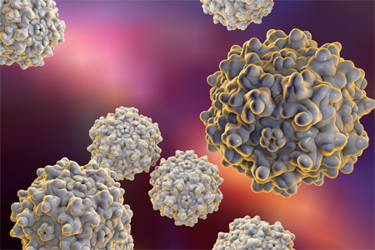Deamidation Drives AAV9 Potency Loss

Recombinant adeno-associated viruses (AAV) are promising single-stranded DNA delivery vectors for treating genetic diseases. The viral capsid consists of three proteins whose sequences and structures determine tissue specificity and vector potency—essentially, their ability to infect cells, deliver genetic payloads, and induce protein expression. Understanding how the physical state of these viral proteins affects their function is crucial for successful development and storage.
Standard analyses of AAV products assessing capsid integrity during long-term storage typically include concentration measurements by PCR, protein purity via CE-SDS, aggregation assessment through SEC, and potency evaluations using TCID50 and functional activity assays. However, our studies suggest that monitoring asparagine deamidation should also be included in routine stability testing.
This study aims to identify the cause of AAV9 potency loss observed during short-term storage at elevated temperatures and long-term refrigeration.
Get unlimited access to:
Enter your credentials below to log in. Not yet a member of Cell & Gene? Subscribe today.
